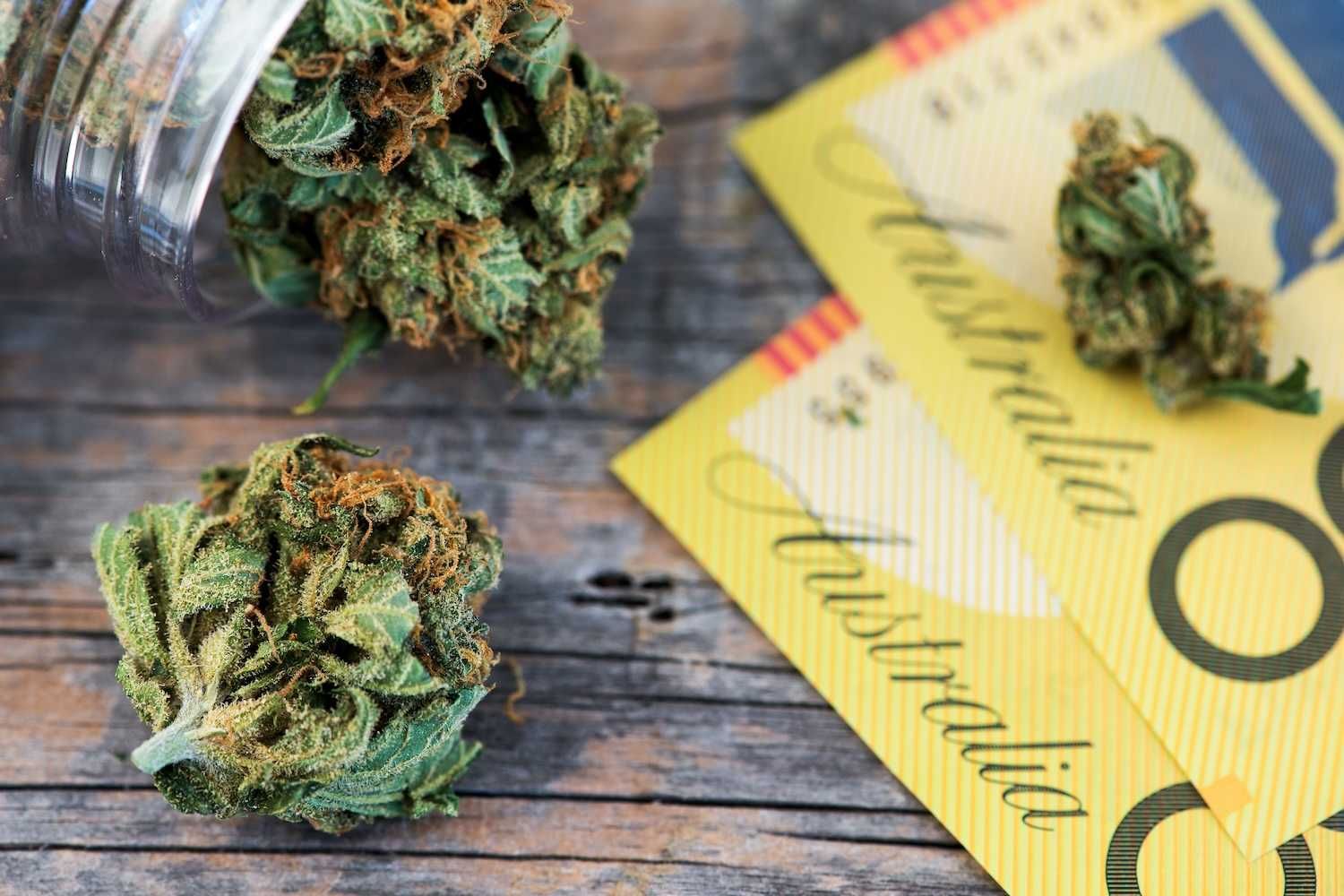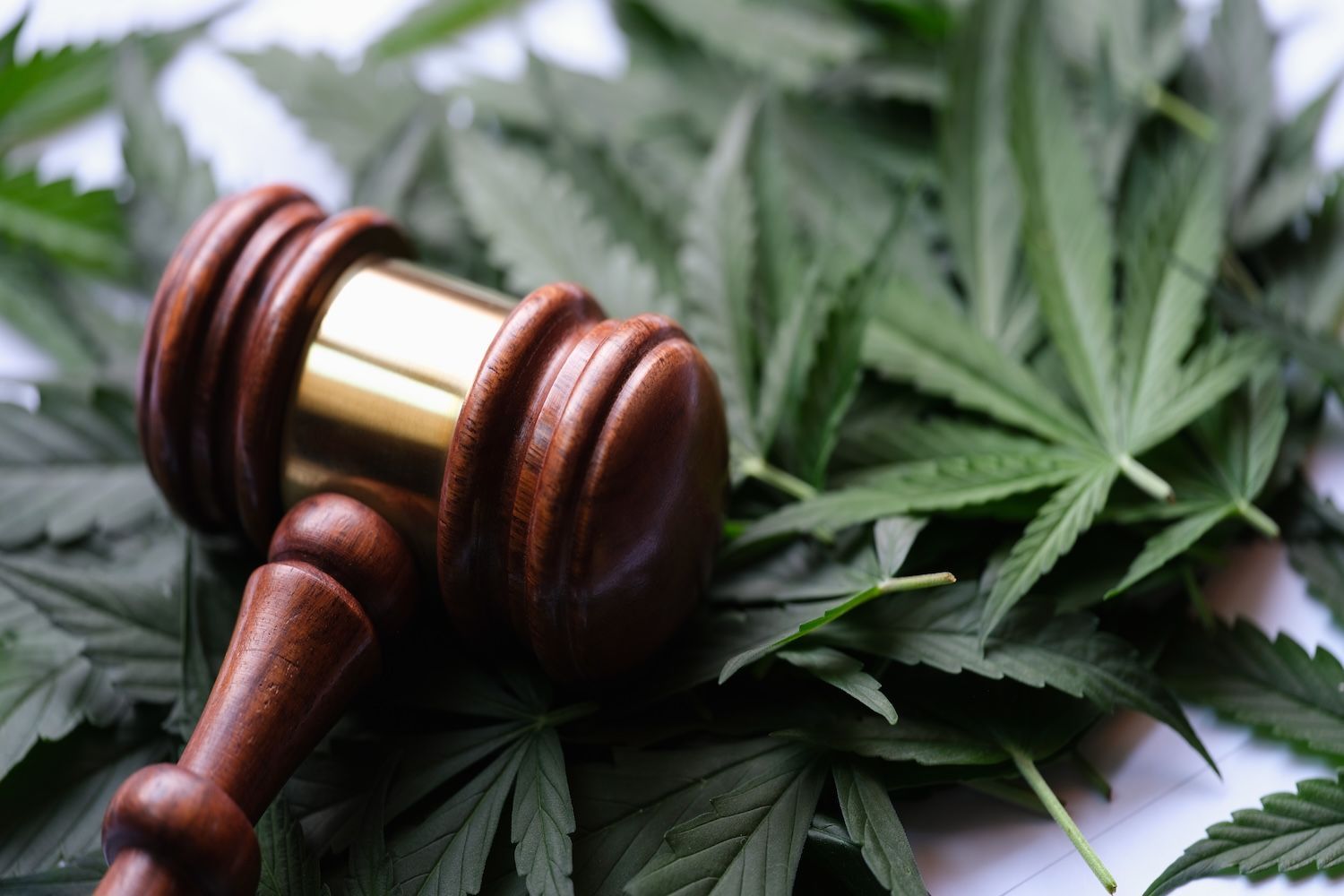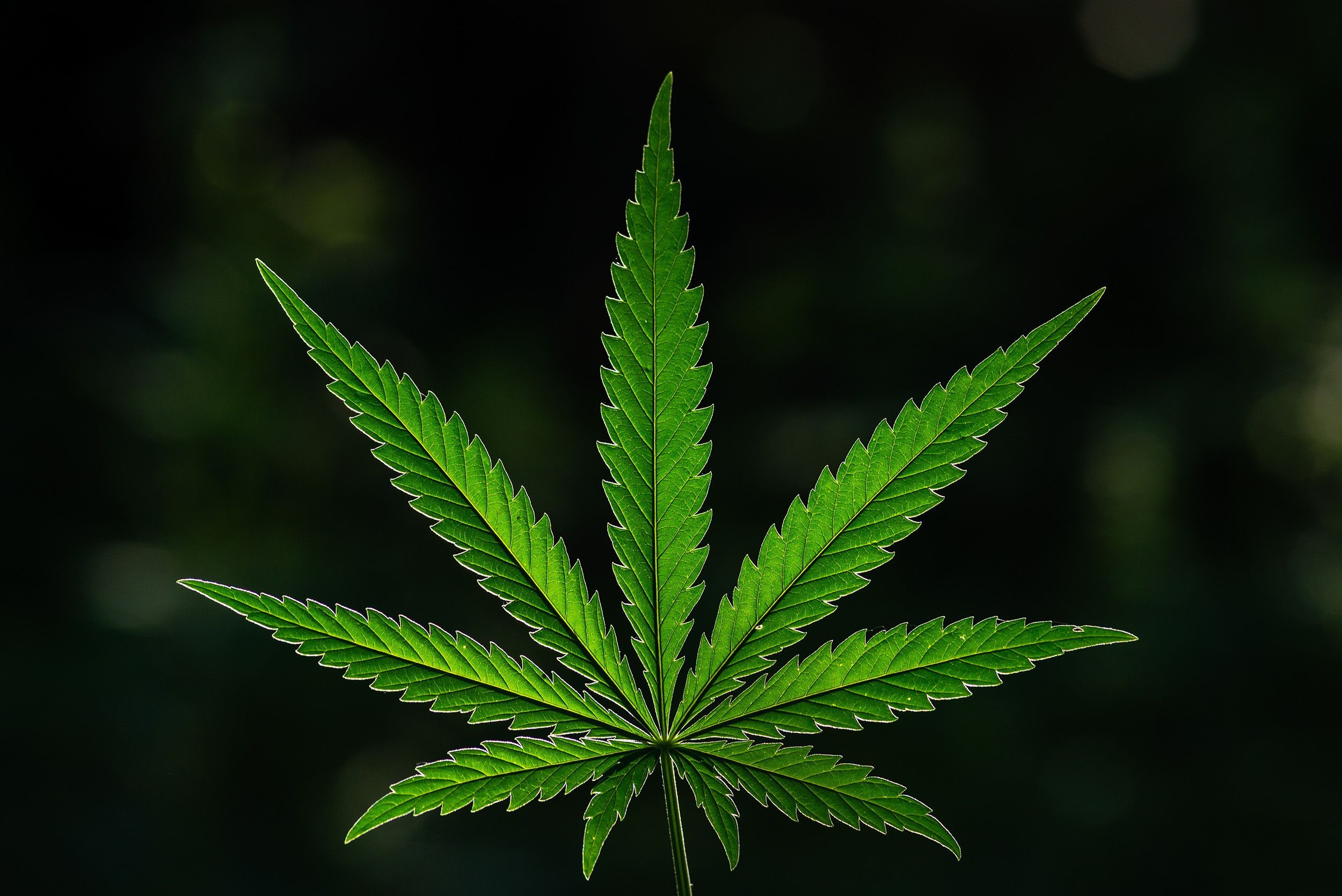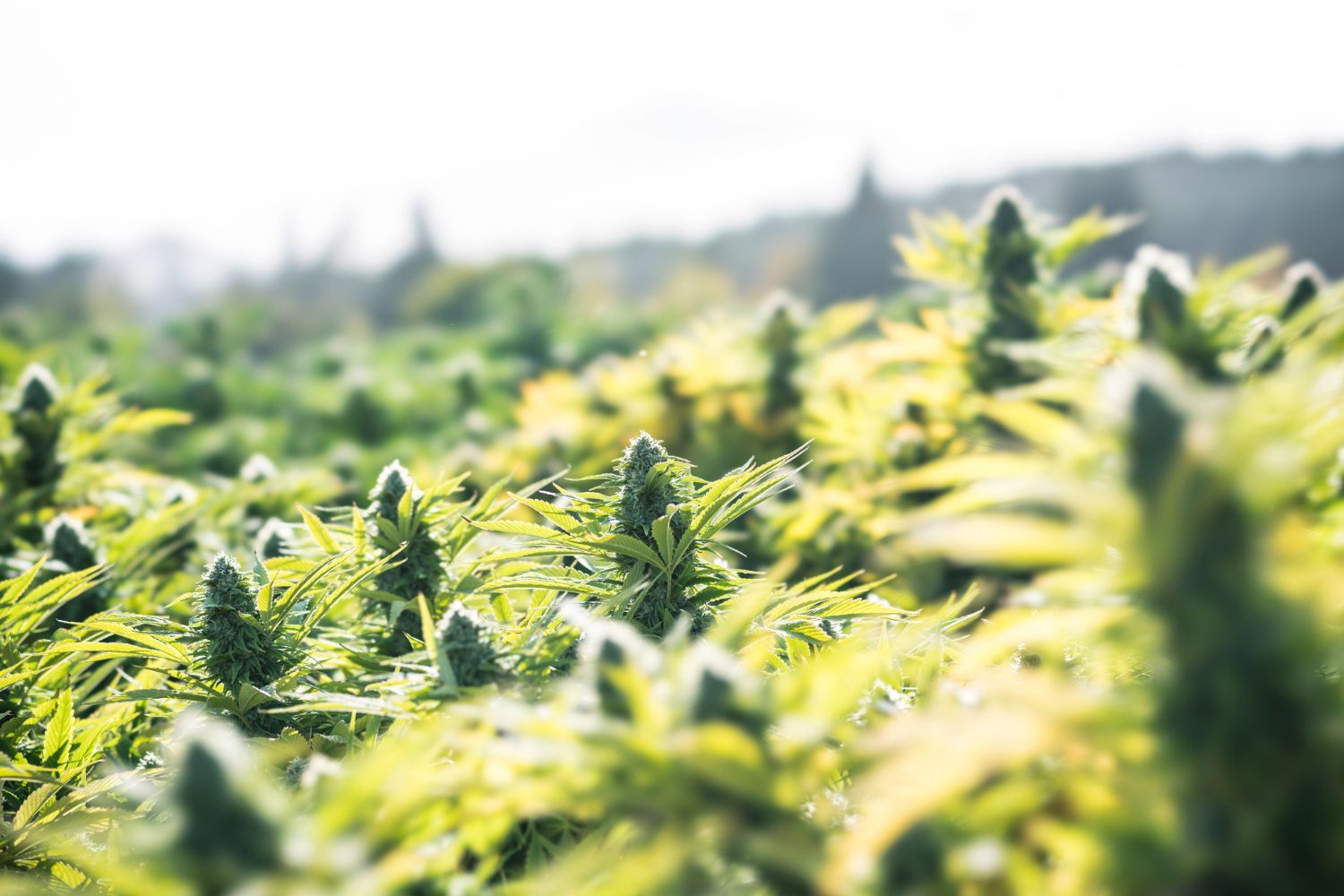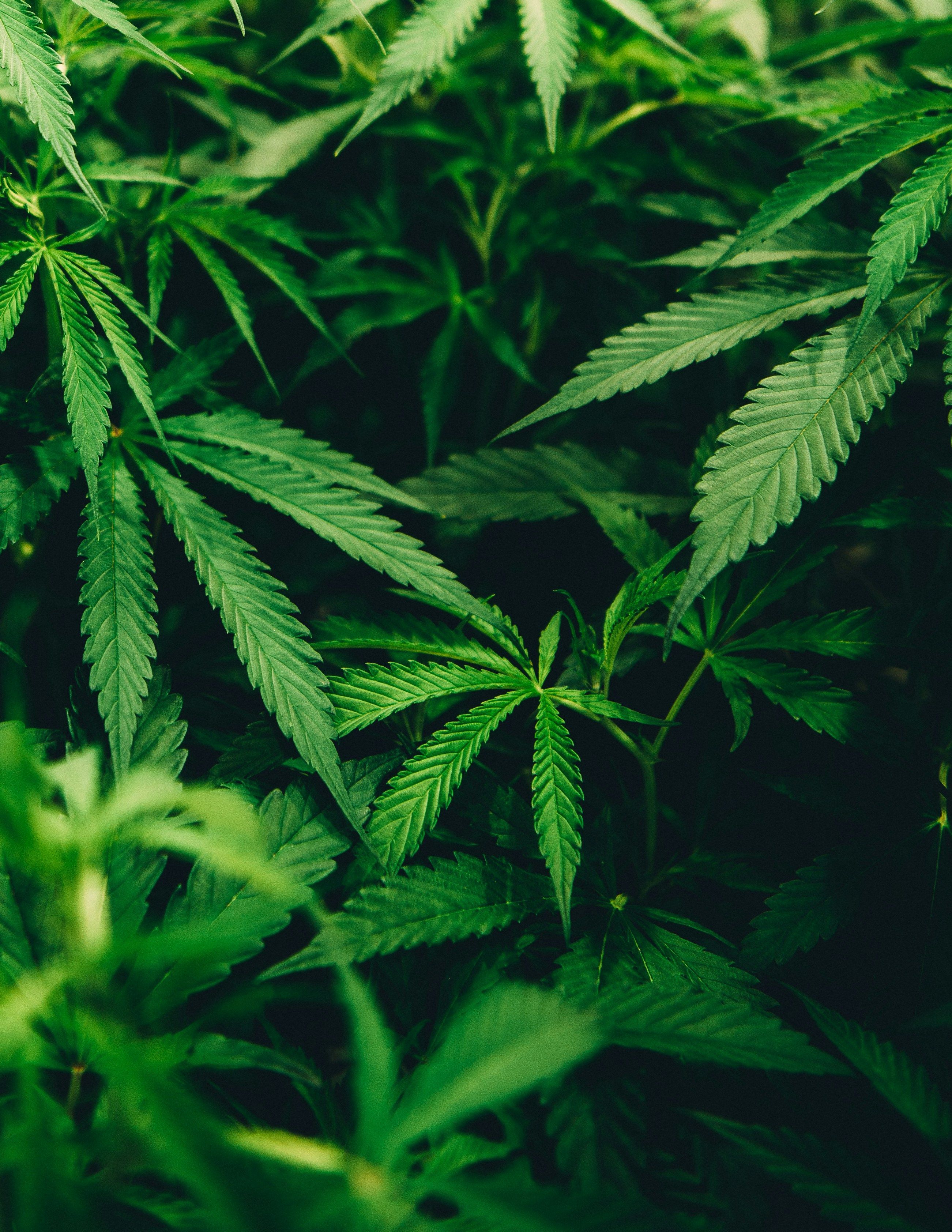Builds on national expansion and achieves 12 th consecutive quarter s of profitability.
Trulieve Cannabis Corp. ("Trulieve" or the "Company") (CSE: TRUL) (OTCQX: TCNNF), a leading and top-performing cannabis company in the United States today announced its results for the quarter and year ended December 31, 2020 . The Company became a U.S. reporting company effective February 4, 2021 . As such, the company's financial statements are reported in accordance with U.S. Generally Accepted Accounting Principles (GAAP). All currency is expressed in U.S. dollars.
2020 Financial Highlights
- Exceeded guidance with another record quarter and third straight year of profitability.
- On a full-year basis, achieved revenues of $521.5 million , representing year-over-year growth of 106%. Record fourth quarter revenues of $168.4 million , a 24% sequential increase.
- Achieved, on a full-year basis, net income of $63.0 million resulting in a full year earnings per share of $0.53 on a fully diluted basis. Absent the revaluation of our debt warrants, an impact of $42.7 million for the year, adjusted net income would have been $105.7 million resulting in earnings per share of $0.89 on a fully diluted basis.
- 2020 Adjusted EBITDA of $251.0 million , representing a year-over-year growth of 99%. Adjusted EBITDA of $78.2 million in the fourth quarter was an increase of 19% from the third quarter.
- Delivered $99.6 million in cash flows from operations for the year.
2020 Operational Highlights and Recent Events
- Announced that the United States Securities and Exchange Commission declared Trulieve's resale registration statement on Form S-1 effective on February 4, 2021 , thereby making Trulieve a U.S. reporting company.
- Approved to start growing plants at our Tier 9 facility in Holyoke by the Cannabis Control Commission in Massachusetts .
- Expanded national footprint in the Northeast with closings of the acquisition of Solevo Wellness, adding three operational dispensaries in Pennsylvania , and PurePenn, a cultivator and processor supplying wholesale product to 100% of dispensary operations in the state.
- Entered a 6 th state with the award of a processor permit by the West Virginia Office of Medical Cannabis and four dispensary permits subsequent to year-end. Announced a Definitive Agreement for the acquisition of Mountaineer Holding, LLC, a West Virginia company that holds a cultivation permit and two dispensary permits, resulting in a vertical platform.
- Opened 11 new retail dispensaries in the fourth quarter, ending the year with 75 stores in the U.S. Added over 200,000 square feet of cultivation facilities during 2020, ending the year with almost 2 million square feet of cultivation facilities, to support this explosive growth of new stores.
- Ended 2020 with a 49% market share in oil and 53% market share in flower in the state of Florida and achieved record flower and oil sales during at the end of December, selling 93.7M mgs of oil and 36,330 ounces, or over one ton of flower.
- Completed significant upgrade to infrastructure with the migration to an SAP S4 platform, which among other things will help support the Company's planned national hub model expansion.
- Led diversity, equity and inclusion activities throughout the country in both local and national programs including support for Minorities 4Medical Marijuana, Last Prisoner Project, and CultivatED, and supported a number of programs including bootcamps, women's programs, expungement clinics and clemency efforts.
"2020 was a year of foundational growth that sets the stage for what we expect will be an exciting and transformational year of national expansion. We had an excellent fourth quarter with strong financial performance capping off our highest annual revenue, net income and Adjusted EBITDA year to date. Our results reflect the outstanding work we've accomplished as a company and our focus on continuous improvement. Our full-year Adjusted EBITDA in 2020 was nearly equal to our prior year revenue," stated Kim Rivers , Trulieve CEO . "Growing demand for Trulieve products coupled with our successful expansion efforts in Q4 are strong validations of our strategy and our business overall."
Rivers continued, "As we enter 2021 with the political changes and heightened focus on cannabis in the country, we believe these shifts along with our momentum and strategic vision position us for a strong year ahead. We remain committed to maintaining our leadership position in the southeast while continuing to build-out our hub strategy throughout the U.S. in preparation for the expected accelerated adoption of cannabis in the U.S."
Financial Highlights
| GAAP | |||||||||
| Results of operations | For the Three Months Ended, | For the Three Months Ended | For the Twelve Months Ended | ||||||
| (Figures in millions and % change | December 31, | September 30, | % | 2020 | 2019 | % | 2020 | 2019 | % |
| Total Revenue | $168.4 | $136.3 | 24% | $168.4 | $79.7 | 111% | $521.5 | $252.8 | 106% |
| Gross Profit | $119.9 | $102.2 | 17% | $119.9 | $64.7 | 85% | $386.4 | $191.8 | 101% |
| Gross Profit % | 71% | 75% | - | 71% | 81% | - | 74% | 76% | - |
| Operating Expenses | $52.0 | $39.4 | 32% | $52.0 | $24.7 | 110% | $155.5 | $73.4 | 112% |
| Operating Expenses % | 31% | 29% | - | 31% | 31% | - | 30% | 29% | - |
| Net income | $3.0 | $17.4 | (83%) | $3.0 | $12.2 | (75%) | $63.0 | $53.1 | 19% |
| Adjusted EBITDA 1 | $ 78.2 | $65.8 | 19% | $78.2 | $43.8 | 79% | $251.0 | $126.4 | 99% |
| 1 See "Non-GAAP Financial Measures" below for a reconciliation to GAAP. |
The Company's Annual Report on Form 10-K for the year ended December 31, 2020 , is available on the SEC's website or at https://investors.trulieve.com/financial-information/quarterly-results . The Company's Management Discussion and Analysis for the period and the accompanying financial statements and notes are available under the Company's profile on SEDAR and on its website at https://investors.trulieve.com/financial-information/quarterly-results
This news release is not in any way a substitute for reading those financial statements, including the notes to the financial statements.
Financial Guidance
Trulieve also provided its full year 2021 guidance for the year. Guidance for 2021 incorporates a full year of operations from Trulieve's Pennsylvania operations, continued growth in Florida as well as the Company's Massachusetts, Connecticut, and California locations. Based on Trulieve's markets, current regulations, and foreseeable store growth, the Company estimates 2021 revenues in the range of $815 million to $850 million, and $355 million to $375 million in adjusted EBITDA.
|
Guidance presented in millions
| 2020 Actual | 2021 |
| Revenue | $521.5M | $815-850M |
| | | |
| Adjusted EBITDA 1 | $251.0M | $355-375M |
| | | |
| 1, See "Non-GAAP Financial Measures" below for a reconciliation to GAAP. | ||
The Company does not provide reconciliations of its annual non-GAAP Adjusted EBITDA guidance to GAAP net income because the Company is unable to estimate with reasonable certainty certain operational aspects without unreasonable effort. These items are uncertain, depend on various factors, and may have a material effect on the Company's results computed in accordance with GAAP. A reconciliation between the historical GAAP and non-GAAP financial measures presented in this release is provided at the end of this release.
Conference Call
The Company will host a conference call and live audio webcast on, March 23, 2021 at 8:30 A.M. Eastern time , to discuss its fourth quarter and full–year 2020 financial results.
All interested parties can join the conference call by dialing 1-888-231-8191 or 1-647-427-7450, conference ID: 7066881. Please dial in 15 minutes prior to the call to secure a line. The conference call will be archived for replay until March 30, 2021 at midnight, ET. To access the archived conference call, please dial 1-855-859-2056 and enter the encore code 7066881.
A live audio webcast of the conference call will be available at:
https://investors.trulieve.com/events-presentations
Please connect at least 15 minutes prior to the conference call to ensure adequate time for any software download that may be required to join the webcast. An archived replay of the webcast will be available for 90 days by clicking the link above.
About Trulieve
Trulieve is primarily a vertically integrated "seed-to-sale" company in the U.S. and is the first and largest fully licensed medical cannabis company in the State of Florida. Trulieve cultivates and produces all of its products in-house and distributes those products to Trulieve-branded stores (dispensaries) throughout the State of Florida , as well as directly to patients via home delivery. Trulieve also has licenses in California, Massachusetts, Connecticut, Pennsylvania and West Virginia. Trulieve is listed on the Canadian Securities Exchange under the symbol TRUL and trades on the OTCQX market under the symbol TCNNF .
To learn more about Trulieve, visit www.Trulieve.com .
Non-GAAP Financial Measures
Our management uses financial measures that are not in accordance with generally accepted accounting principles in the United States , or GAAP, in addition to financial measures in accordance with GAAP to evaluate our operating results. These non-GAAP financial measures should be considered supplemental to, and not a substitute for, our reported financial results prepared in accordance with GAAP. Our management uses adjusted EBITDA to evaluate our operating performance and trends and make planning decisions. Our management believes adjusted EBITDA helps identify underlying trends in our business that could otherwise be masked by the effect of the items that we exclude. Accordingly, we believe that adjusted EBITDA provides useful information to investors and others in understanding and evaluating our operating results, enhancing the overall understanding of our past performance and future prospects, and allowing for greater transparency with respect to key financial metrics used by our management in its financial and operational decision-making.
The following table presents a reconciliation of GAAP net income (loss) to non-GAAP Adjusted EBITDA, for each of the periods presented:
| GAAP Reconciliation | |||||||||
| Reconciliation of Non-GAAP | For the Three Months Ended, | For the Three Months | For the Twelve Months | ||||||
| (Figures in millions and % | December | September | % | 2020 | 2019 | % | 2020 | 2019 | % |
| Net Income (GAAP) | $ 3.0 1 | $17.4 | -83% | $3.0 1 | $12.2 | -75% | $63.0 1 | $53.1 | 19% |
| Add (Deduct) Impact of: | | | | | | | | | |
| Depreciation and Amortization | $ 4.0 | $3.3 | 20% | $4.0 | $1.4 | 186% | $12.6 | $5.1 | 148% |
| Depreciation included in Cost of Goods Sold | $ 4.1 | $2.5 | 0% | $4.1 | $3.8 | 0% | $11.5 | $8.0 | 0% |
| Interest Expense, Net | $ 3.7 | $5.4 | -31% | $3.7 | $4.2 | -12% | $20.2 | $9.1 | 124% |
| Share-Based Compensation | $ 0.6 | $0.5 | 7% | $0.6 | $ - | | $2.8 | $ - | |
| Other Expense (Income), Net | $29.9 | $10.8 | 178% | $29.9 | $5.7 | 423% | $40.7 | $0.6 | 6602% |
| Provision for Income Taxes | $27.3 | $25.9 | 5% | $27.3 | $16.5 | 66% | $94.5 | $50.6 | 87% |
| Acquisition and Transaction Costs | $4.7 | $ - | | $ 4.7 | $ - | | $4.7 | $ - | |
| Inventory Step up, Fair Value | $ 1.0 | $ - | | $ 1.0 | $ - | | $1.0 | $ - | |
| Total Adjustments | $75.2 | $48.4 | 55% | $75.2 | $31.6 | 138% | $188.0 | $73.3 | 156% |
| Adjusted EBITDA | $78.2 | $65.8 | 19% | $78.2 | $43.8 | 79% | $251.0 | $126.4 | 99% |
| 1. | Excluding the revaluation of our debt warrants in the fourth quarter, an impact of $29.9 million, adjusted net income would have been $32.9 million. On a full year basis, excluding the impact of our debt warrants of $42.7 million for the year, adjusted net income would have been $105.7 million, |
Forward-Looking Statements
This news release includes forward-looking information and statements within the meaning of the Private Securities Litigation Reform Act of 1995. These forward looking statements relate to the Company's expectations or forecasts of business, operations, financial performance, prospects, and other plans, intentions, expectations, estimates, and beliefs and include statements regarding the Company's expected financial performance for fiscal 2021, its plans for expansion, the scope and timing of adoption of cannabis in the U.S. and potential acquisitions and expansion of the Company's operations. Words such as "expects", "continue", "will", "anticipates" and "intends" or similar expressions are intended to identify forward-looking statements. These forward-looking statements are based on the Company's current projections and expectations about future events and financial trends that management believes might affect its financial condition, results of operations, business strategy and financial needs, and on certain assumptions and analysis made by the Company in light of the experience and perception of historical trends, current conditions and expected future developments and other factors management believes are appropriate. Forward-looking information and statements involve and are subject to assumptions and known and unknown risks, uncertainties, and other factors which may cause actual events, results, performance, or achievements of the Company to be materially different from future events, results, performance, and achievements expressed or implied by forward-looking information and statements herein, including, without limitation, the risks discussed under the heading "Risk Factors" in our Annual Report on Form 10-K for the year ended December 31, 2020 filed with the United Sates Securities and Exchange Commission and in the Company's filings on SEDAR at www.sedar.com . Although the Company believes that any forward-looking information and statements herein are reasonable, in light of the use of assumptions and the significant risks and uncertainties inherent in such information and statements, there can be no assurance that any such forward-looking information and statements will prove to be accurate, and accordingly readers are advised to rely on their own evaluation of such risks and uncertainties and should not place undue reliance upon such forward-looking information and statements. Any forward-looking information and statements herein are made as of the date hereof and, except as required by applicable laws, the Company assumes no obligation and disclaims any intention to update or revise any forward-looking information and statements herein or to update the reasons that actual events or results could or do differ from those projected in any forward looking information and statements herein, whether as a result of new information, future events or results, or otherwise.
SOURCE Trulieve Cannabis Corp.

![]() View original content: https://www.newswire.ca/en/releases/archive/March2021/23/c3313.html
View original content: https://www.newswire.ca/en/releases/archive/March2021/23/c3313.html


